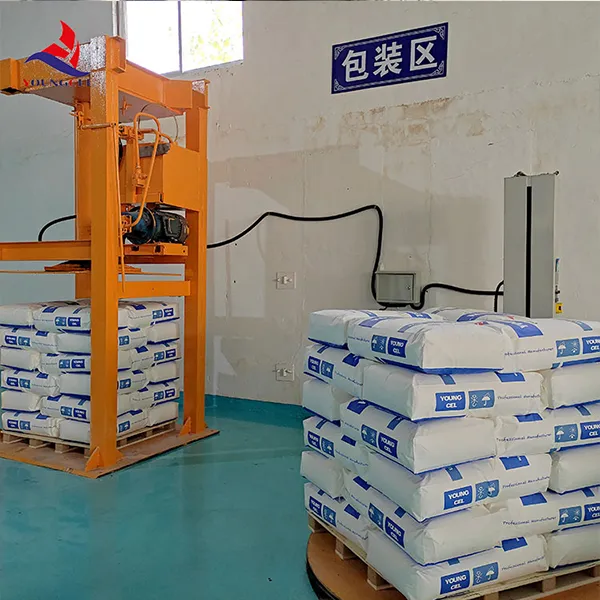Hydroxyethyl Cellulose (HEC) Properties, Applications, and Benefits
Hydroxyethyl cellulose (HEC) is a water-soluble polymer derived from cellulose, a natural polysaccharide found in the cell walls of plants. This versatile compound is synthesized by the etherification of cellulose, resulting in a modified cellulose that exhibits unique physical properties. HEC is characterized by its high molecular weight, excellent water retention capacity, and film-forming abilities. These features make HEC a valuable ingredient in various industries, including pharmaceuticals, construction, personal care, and food.
Hydroxyethyl Cellulose (HEC) Properties, Applications, and Benefits
In the construction industry, HEC serves as a crucial component in various products such as cement, mortar, and grout. Its exceptional water retention properties contribute to improved workability and extended open time, allowing builders to work with the materials without compromising their strength and stability. HEC also reduces the tendency of these mixtures to crack or shrink during the curing process, ultimately enhancing the durability of construction materials.
hydroxyethyl cellulose hec

Furthermore, HEC finds significant use in personal care products. Due to its film-forming properties, it is often included in lotions, creams, and hair care products to improve texture and provide a smooth, protective barrier on the skin or hair. Additionally, HEC can offer a soothing effect, making it beneficial in sensitive skin formulations.
In the food industry, HEC serves as a thickening and stabilizing agent, enhancing the texture and mouthfeel of various food products. It is often utilized in sauces, dressings, and dairy products to maintain consistency and prevent separation. Importantly, HEC is regarded as a safe ingredient, which contributes to its widespread acceptance in food formulations.
The environmental compatibility of HEC is another appealing aspect. Being derived from cellulose, a renewable resource, HEC is often viewed as a more sustainable alternative compared to synthetic polymers. Furthermore, it is biodegradable and non-toxic, which aligns with the increasing demand for eco-friendly products in today's market.
In summary, hydroxyethyl cellulose is a multifunctional polymer with properties that make it indispensable across various sectors. Its ability to improve viscosity, enhance texture, and stabilize formulations ensures that HEC will continue to play a significant role in product innovation. As industries increasingly prioritize sustainability, the natural origins and biodegradability of HEC position it as a leading choice for eco-conscious formulations. With ongoing research and development, the applications of HEC are likely to expand, further solidifying its importance in multiple fields.
-
The Application and Significance of Construction RdpNewsMay.19,2025
-
Industrial Grade HpmcNewsMay.19,2025
-
Building Coating Adhesive Building Coating Adhesive HpmcNewsMay.19,2025
-
Application Of Hpmc For Detergent For Detergent In DetergentsNewsMay.19,2025
-
Application Of Hpmc Cellulose In Cement-Based MaterialsNewsMay.19,2025
-
Application Of High Quality Hpmc For Construction In The Field Of ConstructionNewsMay.19,2025




